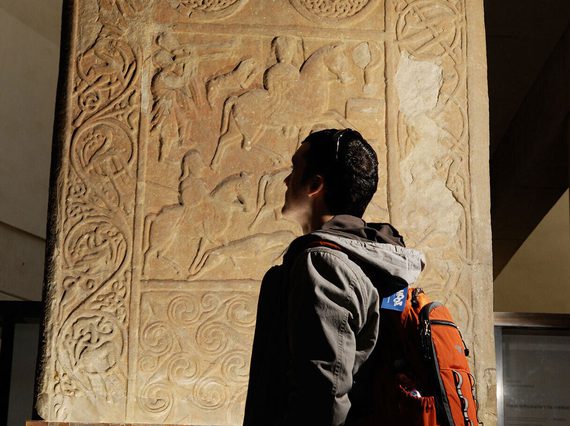
Scottish History and Archaeology
Explore centuries of Scottish history and archaeology
Come face to face with iconic historic artefacts, learn how Scottish innovation has helped shape the modern world and see how the lives of everyday Scots have changed through the centuries.
Galleries to visit
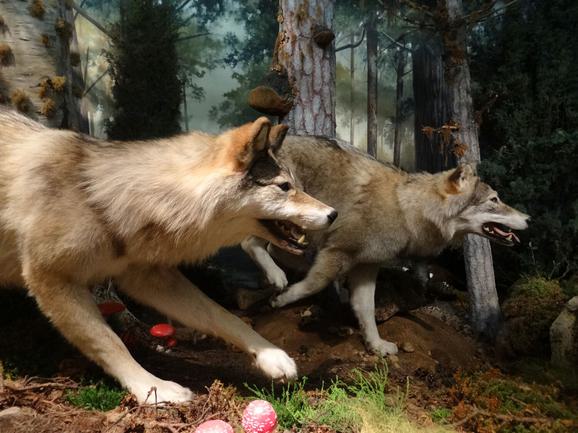
Beginnings
Location: Level -1
Explore the first three billion years of Scotland’s history and uncover the origins and evolution of our landscape, flora and fauna.
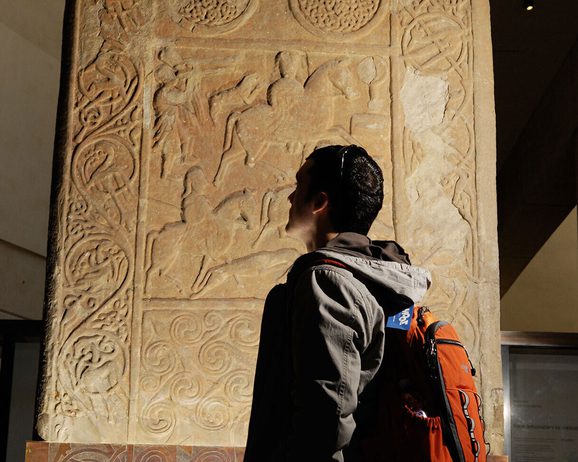
Early People
Location: Level -1
This gallery explores how people lived from around 8000 BC to AD 1100: how they used the land’s resources, interacted with each other and made sense of the world. Here you’ll find some of our most fascinating archaeological treasures, including the Pictish Hilton of Cadboll stone, Iron Age carnyx and gold torcs and Roman Cramond lioness.
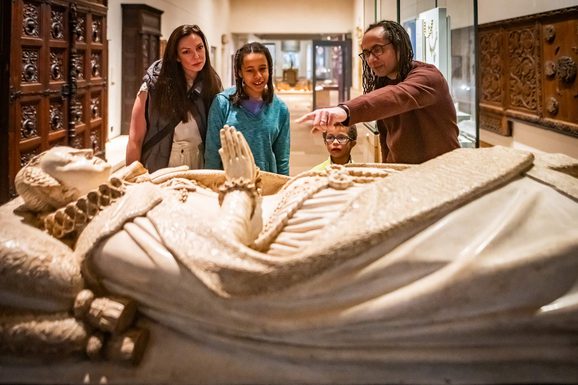
Kingdom of the Scots
Location: Levels 0, 1, and 2
Kingdom of the Scots follows Scotland from its emergence as a nation around 1100 to 1707, when the Union of the Scottish and English Parliaments created the United Kingdom of Great Britain. This gallery showcases some of our most precious objects: the tiny Monymusk reliquary, the Queen Mary harp and the famous Lewis chess pieces, probably the best-known archaeological find from Scotland.
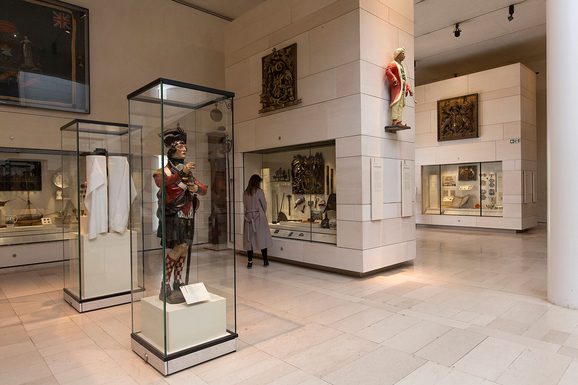
Scotland Transformed
Location: Level 3
Scotland Transformed takes us through the 18th and early 19th century, during which Scotland began to change from a predominantly rural, medieval society to an urban, modern one. The romantic trappings of the doomed Jacobite story, including a silver picnic set made for Bonnie Prince Charlie, make way for the power of industry, with the gallery dominated by the mighty Newcomen atmospheric engine.
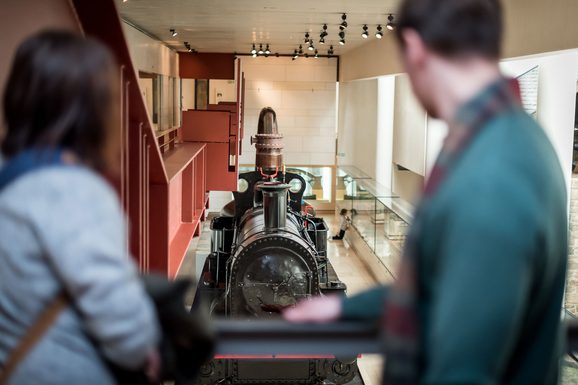
Industry and Empire
Location: Levels 4 and 5
This gallery explores how life in 19th century Scotland was moulded by industrial development. Discover mysterious superstitions surrounding the Arthur’s Seat coffins and the pioneering progress of Scottish engineering, represented by the mighty steam locomotive, Ellesmere. You can also learn why many people chose or were forced to leave Scotland for a new life overseas.
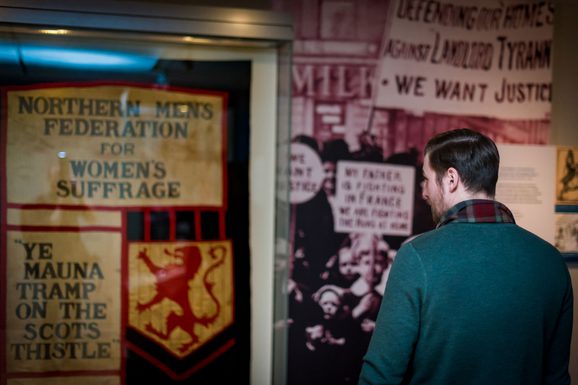
Scotland: A Changing Nation
Location: Level 6
Scotland: A Changing Nation traces the varied experiences of people living and working in 20th century Scotland through five major themes: war, industry, daily life, emigration and politics. From hard-won medals to a Hillman Imp car, iconic objects tell the tale of Scotland's social history.
Object highlights
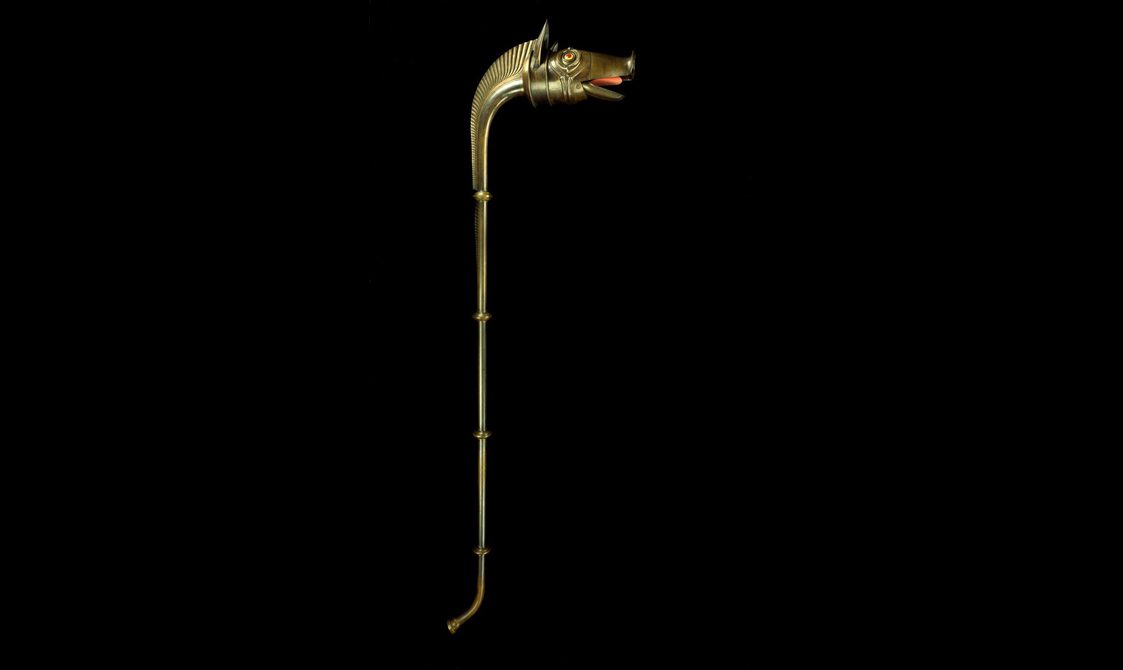
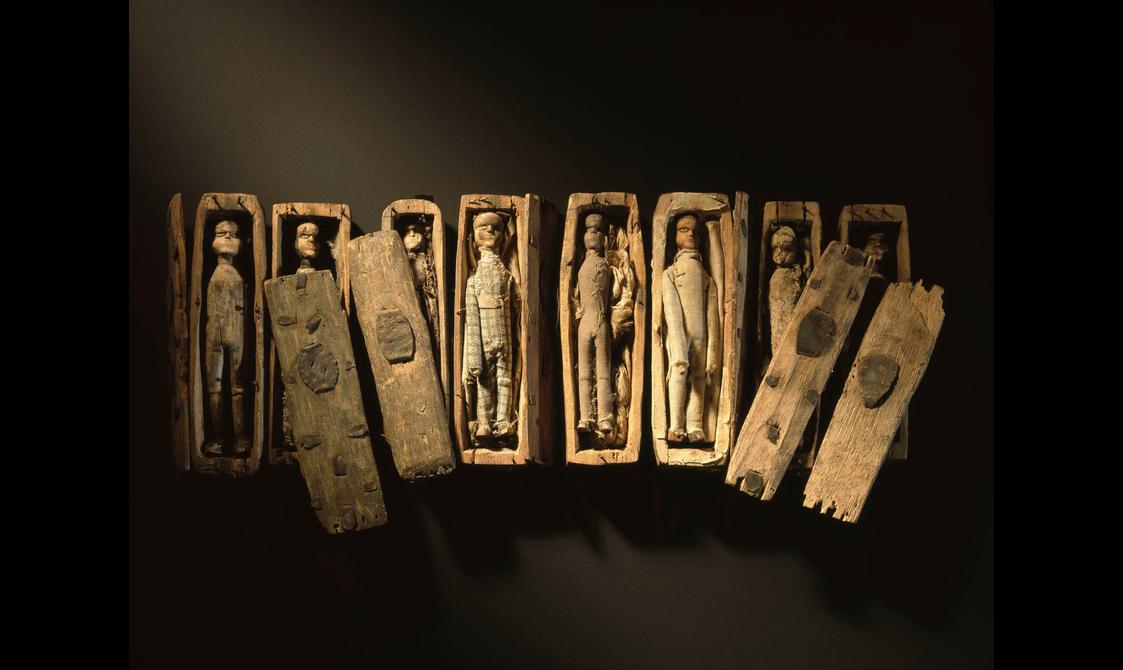
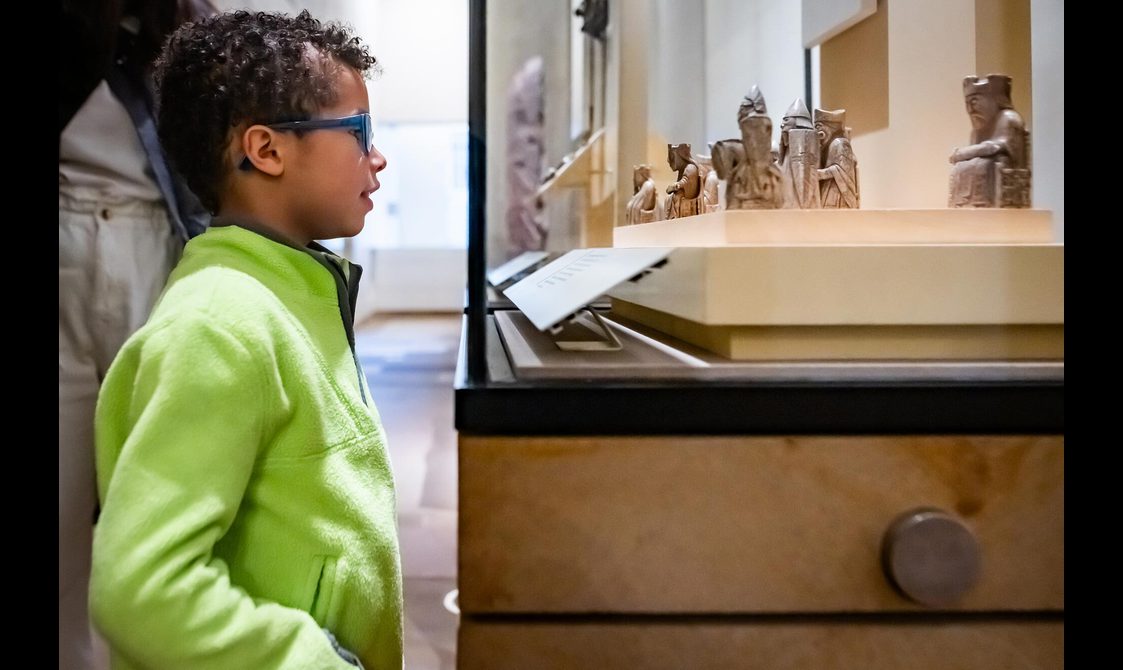
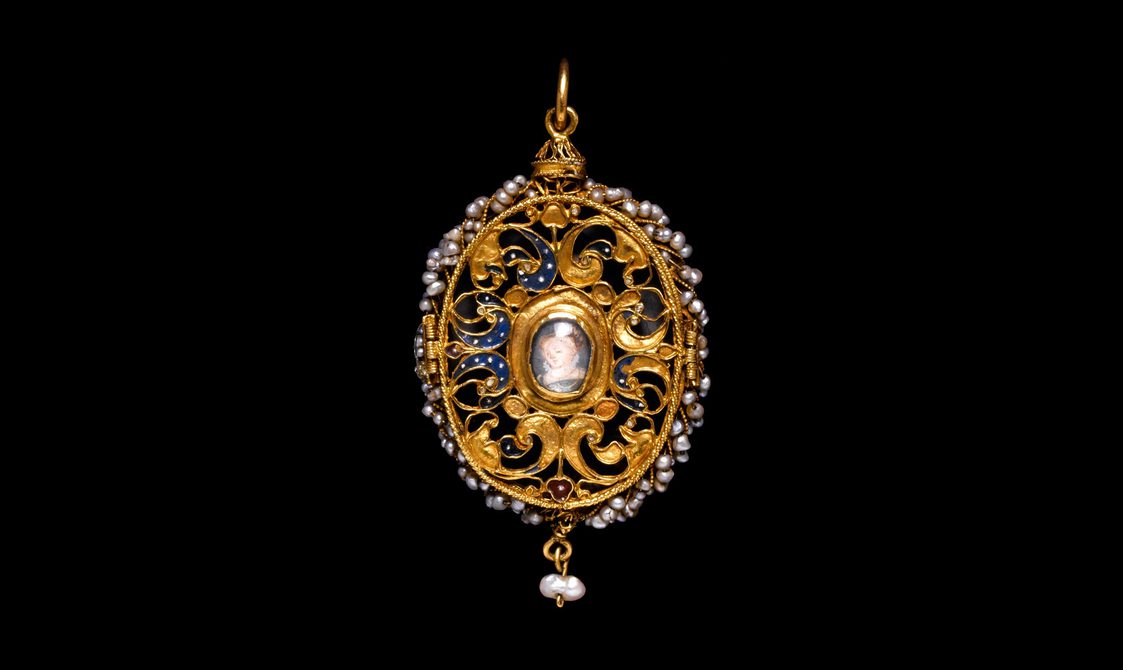

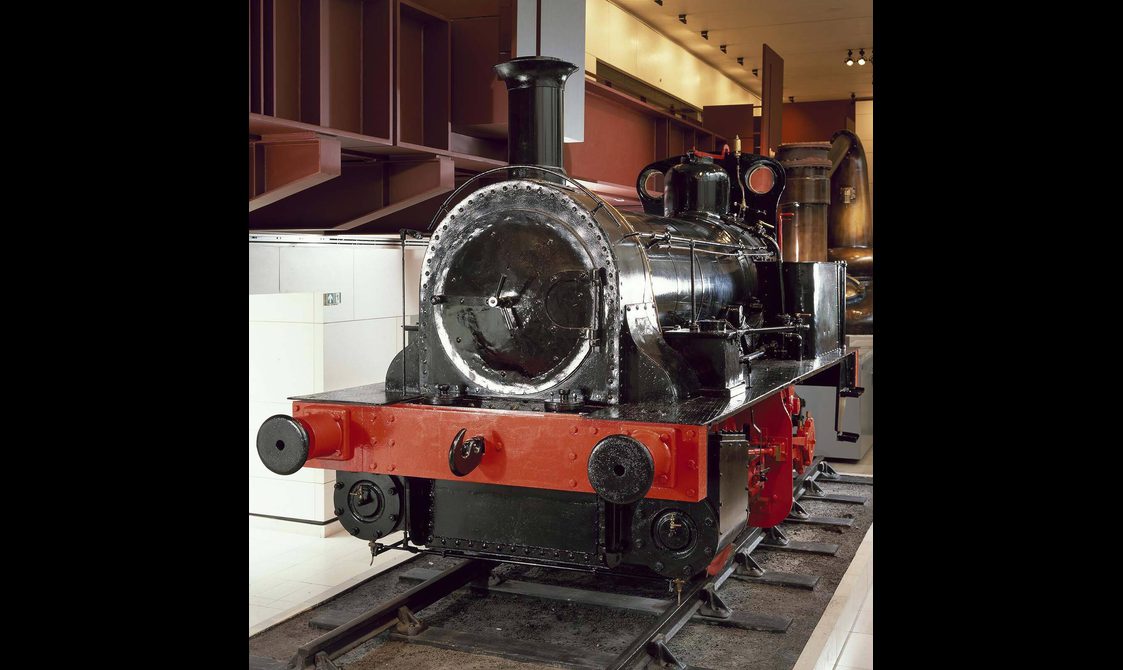
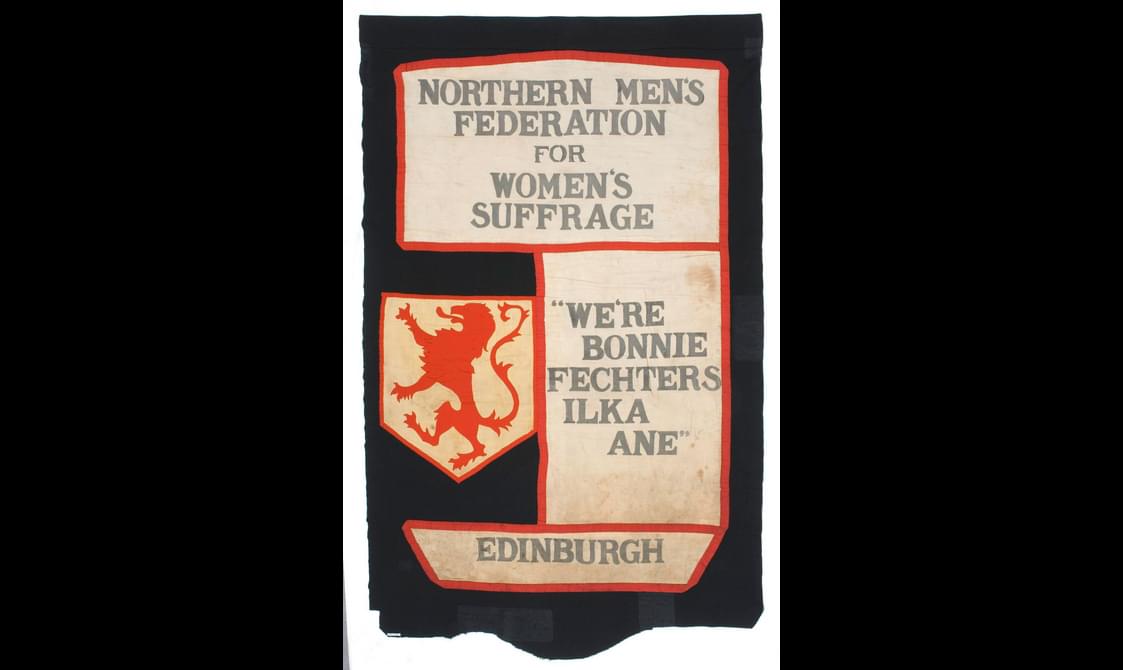
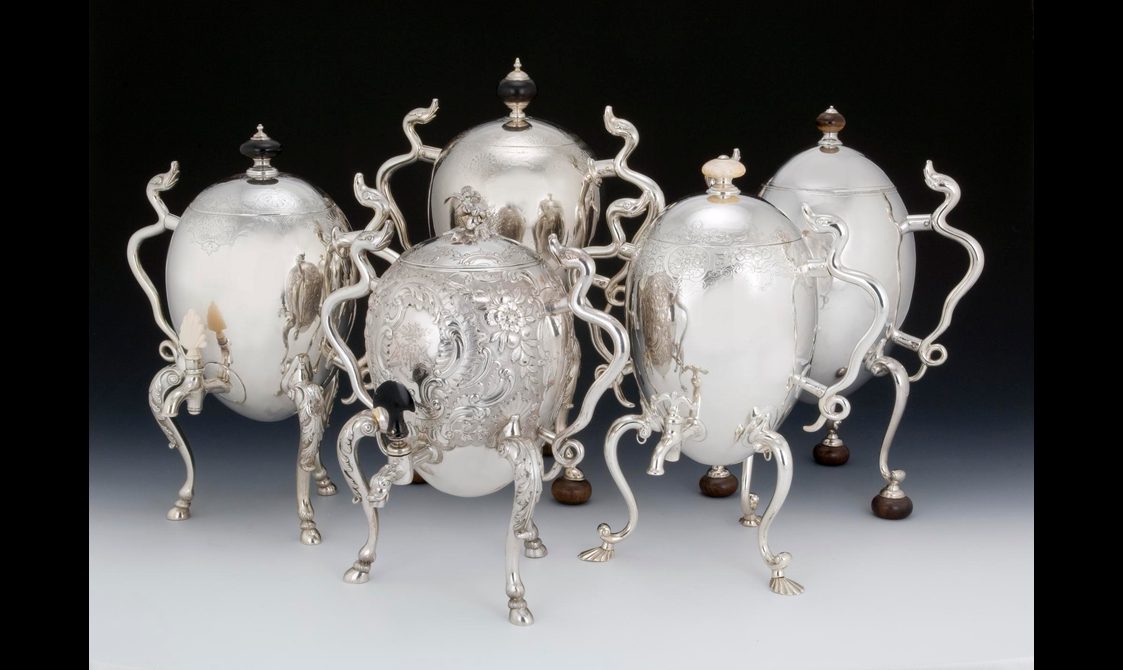
Stories from the galleries
- Discover
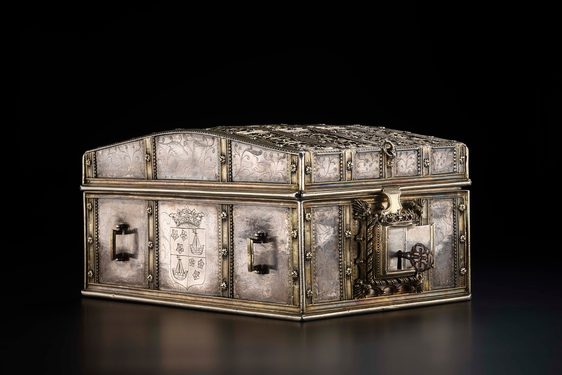
Mary, Queen of Scots and the silver casket
The Mary, Queen of Scots Casket is one of Scotland’s most cherished treasures, thanks to its long-standing association with the controversial queen. Take a closer look at this extremely rare work of early French silver and its associations… - Discover
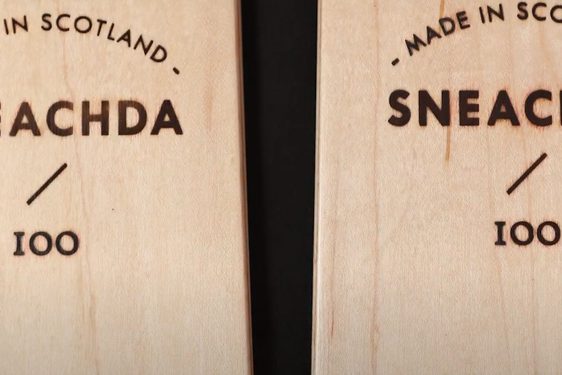
Scotland's ski-maker
Jamie Kunka is a self-taught ski-maker. Fusing tradition and innovation, he founded Lonely Mountain Skis in Birnam, Perthshire. - Discover
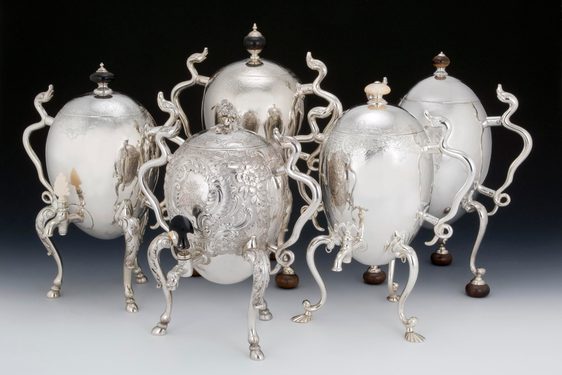
Uniquely Scottish: 5 highlights of the silver collections
Scottish craftsmen in the Renaissance and Early Modern periods (c.1450-1750) produced a wealth of silver artefacts. Although their work was largely influenced by contemporary British and European fashions, the country’s silversmiths also… - Discover
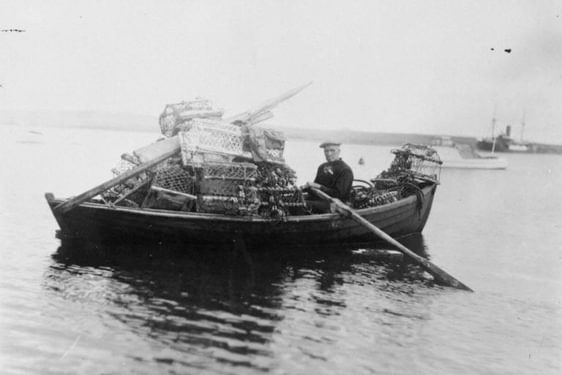
9 summer customs in rural Scotland
Explore stories of spring in rural Scotland through tools, machinery and photographs from the rural history collections.
Gallery accessibility
Getting to the galleries
Lifts and escalators
Lifts are available to all floors of the museum. You can check the museum map or ask a member of the Visitor Experience team for the nearest lifts. Information on lift dimensions is available on the AccessAble website.
In the galleries
Seating
There are seating options in the Scottish History and Archaeology galleries, either in the form of permanent seats or foldable chairs. Please ask a member of the Visitor Experience team for the nearest seats.
Lighting and noise
These galleries have low or moderate levels of lighting and are some of the quieter galleries in the museum.
Check our sensory map to explore all the different sensory experiences in different parts of the museum.
Large print guides
Large print guides can be found in every gallery of the museum. Please remember to return them after use so that other visitors can use them.
Facilities
Toilets
Accessible toilets are available on Levels 0 and 3, as well as a Changing Places (U) toilet in the Entrance Hall on Level 0. You can access the museum map to find those nearest to you or ask a member of the Visitor Experience team.
Cloakroom and storage
Self-service lockers are located in the Entrance Hall. The lockers come in three sizes which accommodate coats and small bags right up to small flight cases.
There is buggy storage available in the museum. It is located on Level 1 of the Scotland galleries, behind the Kingdom of the Scots gallery.
Quiet spaces
If at any time you or someone you are visiting with finds the visit overwhelming, a member of staff can direct you to quieter areas in the museum. The sensory map also identifies the quieter spaces.
Visit our accessibility page for full access information for the National Museum of Scotland buildings.
You might also like
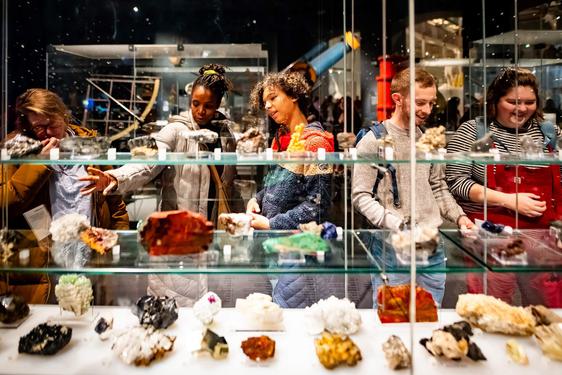
Plan your visit
Find out how to get to the museum and make the most of your visit.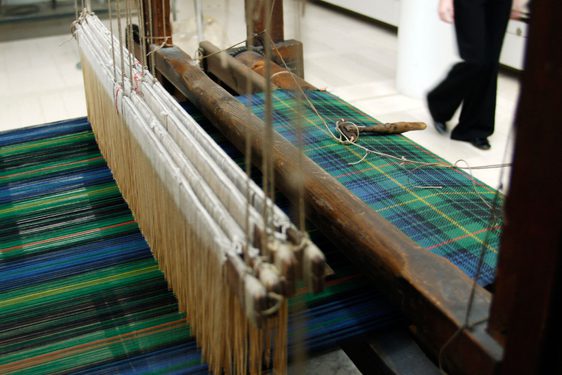
Scottish History and Archaeology department
Our collections represent Scottish material culture from the earliest times to the present day.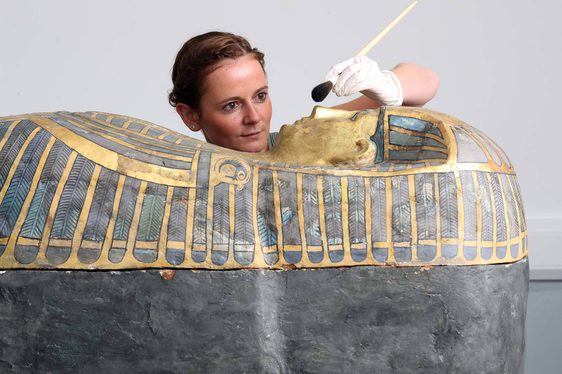
Search the collections
Our online database contains a selection of the 12 million objects and specimens in our collections.